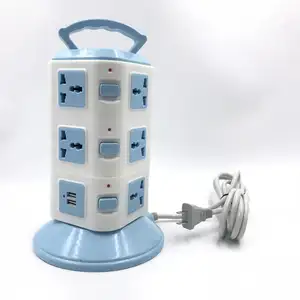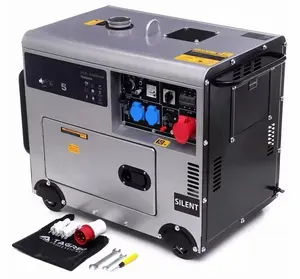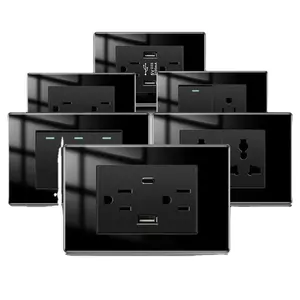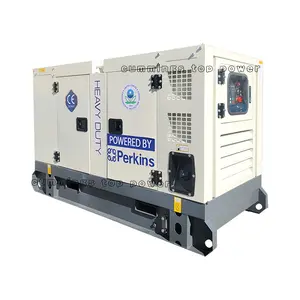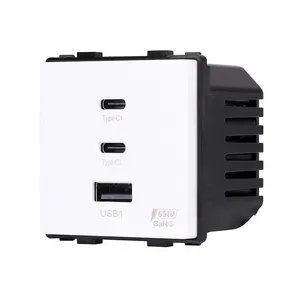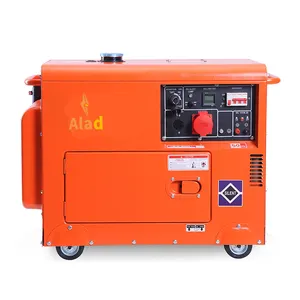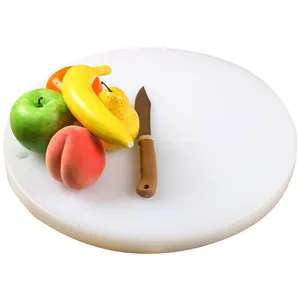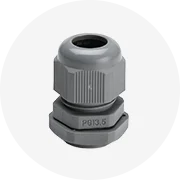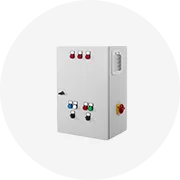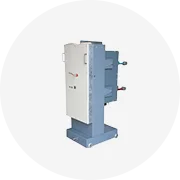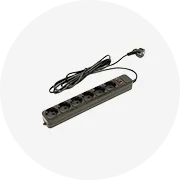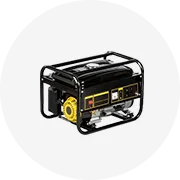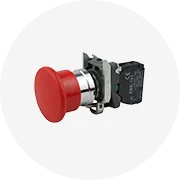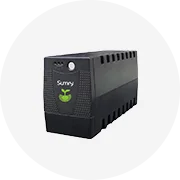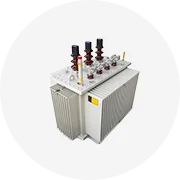상위 카테고리
폴리에틸렌 도마 정보
주거용이든 상업용이든 상관없이 회로를 보호하는 것은 이제 Alibaba.com의 폴리에틸렌 도마 액세서리를 사용하여 더욱 편리하고 간단 해졌습니다. 이 제품은 최고급 제품이며 모든 자산의 전기 연결 및 회로를 최대한 관리하도록 제조되었습니다. 여기에서 제공되는 제품은 성능에 능숙 할뿐만 아니라 모든 종류의 까다로운 용도에 대해 인증되고 지속 가능하므로 더 긴 수명을 보장합니다. 뛰어난 가격으로 사이트의 선도적이고 신뢰할 수있는 폴리에틸렌 도마 공급 업체 및 도매 업체로부터 이러한 제품을 구입하십시오.
연결 크기와 상관없이 이러한 폴리에틸렌 도마는 모든 종류의 복잡한 회로를 보호하고 모든 유형의 간섭으로부터 보호합니다. 이러한 제품은 원격 제어가 가능하며 스마트 폰을 통해서도 작동 할 수 있습니다. 사이트에있는 다양한 범주의 제품에는 고유 한 전압 및 전류 요구 사항을 처리하기위한 모든 최신 기능과 다양한 용량이 장착되어 있습니다. 이러한 제품은 성능 향상을 위해 고급 플라스틱,은, 구리로 만들어졌습니다.
알리바바 .com에서 다양한 폴리에틸렌 도마을 검색하고 요구 사항에 따라 여러 제품 중에서 선택하십시오. 이러한 액세서리는 내열성이며 과전류 안전, 과부하 보호, 변동 전압 보호 기능이 있으며 회로가 외부 간섭과 접촉하는 것을 방지하는 케이스와 함께 제공됩니다. 자동으로 적시에 스위치 켜기 또는 끄기 기능이 제공되며 Google Assistant 또는 Alexa로 음성 제어 할 수 있습니다. 자동 재 폐로 기능이있는 제품도 찾아 볼 수 있으며 태양 전지도 사용할 수 있습니다.
사이트에서 다양한 폴리에틸렌 도마 제품을 확인하고 요구 사항과 예산에 맞는 제품을 구입하세요. 사용자 정의에 액세스 할 수 있으며 소비자는 OEM 제품으로 주문할 수 있습니다. 필요에 따라 일부 제품에 대한 애프터 서비스도 제공됩니다.
연결 크기와 상관없이 이러한 폴리에틸렌 도마는 모든 종류의 복잡한 회로를 보호하고 모든 유형의 간섭으로부터 보호합니다. 이러한 제품은 원격 제어가 가능하며 스마트 폰을 통해서도 작동 할 수 있습니다. 사이트에있는 다양한 범주의 제품에는 고유 한 전압 및 전류 요구 사항을 처리하기위한 모든 최신 기능과 다양한 용량이 장착되어 있습니다. 이러한 제품은 성능 향상을 위해 고급 플라스틱,은, 구리로 만들어졌습니다.
알리바바 .com에서 다양한 폴리에틸렌 도마을 검색하고 요구 사항에 따라 여러 제품 중에서 선택하십시오. 이러한 액세서리는 내열성이며 과전류 안전, 과부하 보호, 변동 전압 보호 기능이 있으며 회로가 외부 간섭과 접촉하는 것을 방지하는 케이스와 함께 제공됩니다. 자동으로 적시에 스위치 켜기 또는 끄기 기능이 제공되며 Google Assistant 또는 Alexa로 음성 제어 할 수 있습니다. 자동 재 폐로 기능이있는 제품도 찾아 볼 수 있으며 태양 전지도 사용할 수 있습니다.
사이트에서 다양한 폴리에틸렌 도마 제품을 확인하고 요구 사항과 예산에 맞는 제품을 구입하세요. 사용자 정의에 액세스 할 수 있으며 소비자는 OEM 제품으로 주문할 수 있습니다. 필요에 따라 일부 제품에 대한 애프터 서비스도 제공됩니다.
